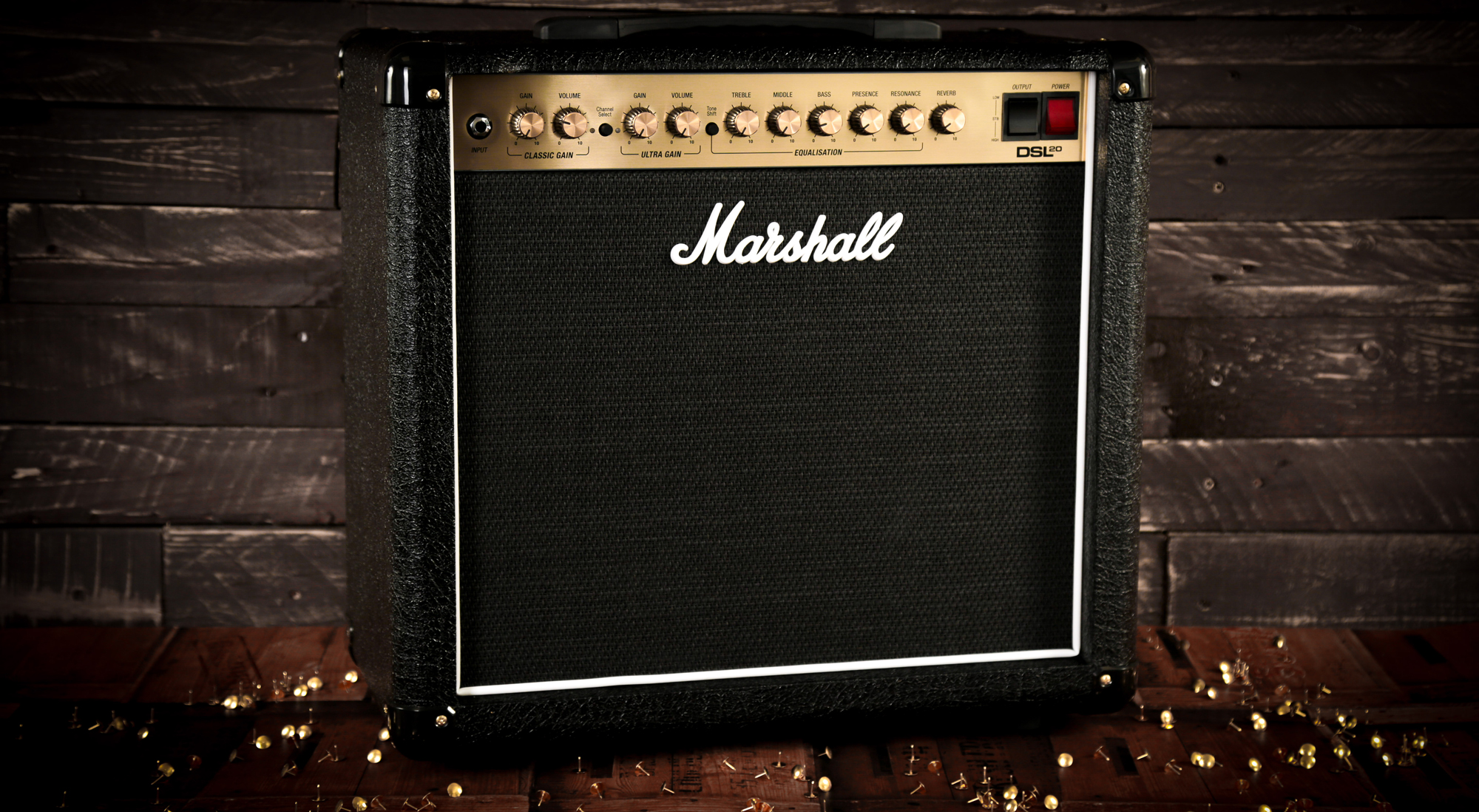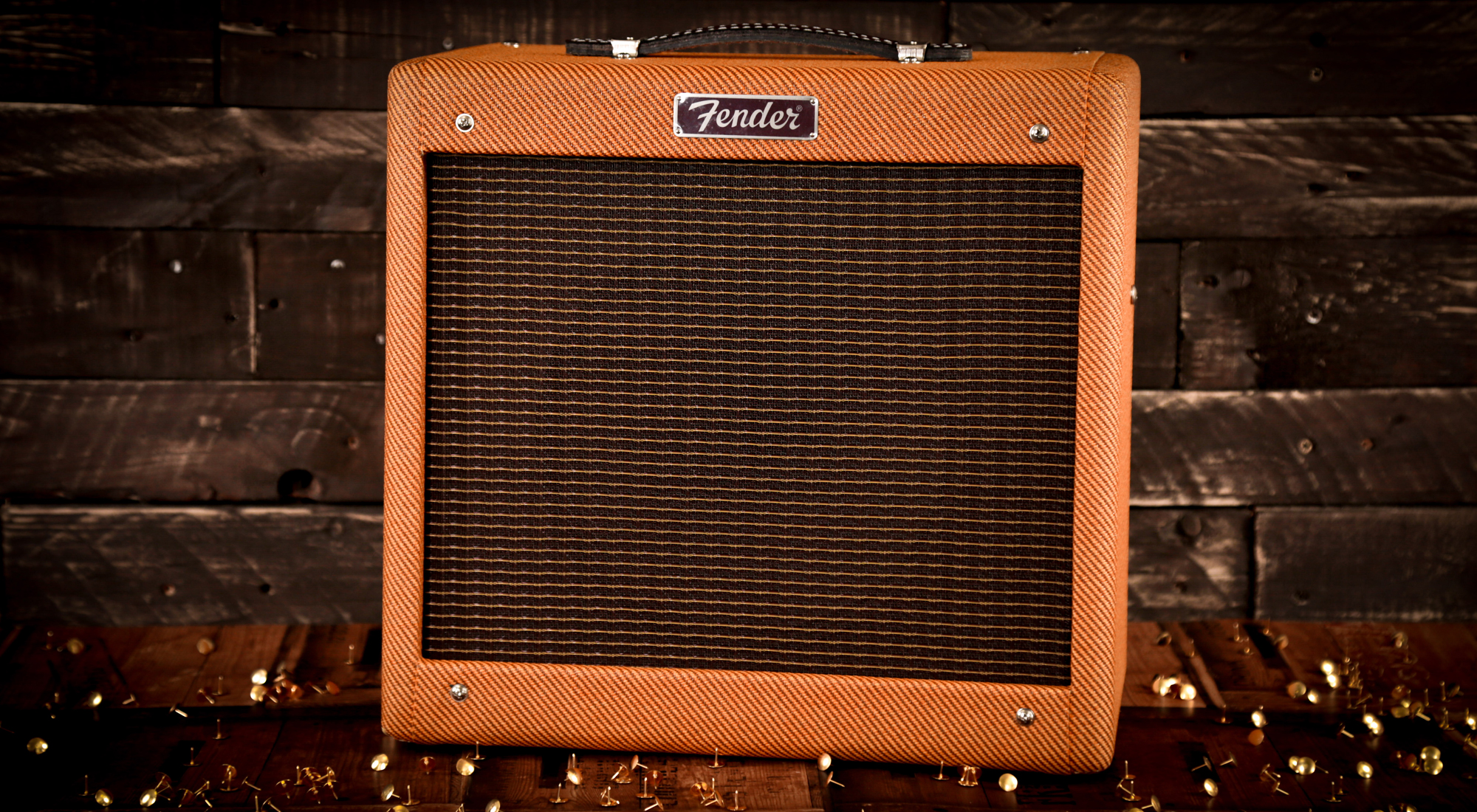- Which Amp Brands are British?
- What do British Amps Sound Like?
- Which Amp Brands are American?
- What do American Amps Sound Like?
- Conclusion
The subject of British vs American amplifiers is routinely discussed to death in guitar forums. Although the details of their components and circuitry can be interesting, we understand that the majority of players are most interested in their differences from a sonic perspective.
That said, it’s quite hard to describe the tonal differences between British and American guitar amps without generalising too much. That’s why, in this article, we’re going to highlight a number of well-known amp brands from each side of the pond, comparing the sound qualities and features of their most famous models.
When it comes to the way that your guitar rig sounds, the most important ingredient is your amplifier. Although guitars and pedals can affect the way that your amp behaves, ultimately the amp itself remains the fundamental part of your setup. That’s because it’s the only element that can actually project sound! If you’re fastidious about your guitar tone, it’s therefore very important to find the right amplifier.
That’s easier said than done, however. With so many guitar amp brands out there, it can be tricky to distinguish the characteristics of one company’s amps against another. To simplify this, many guitarists tend to group valve amplifiers into two categories; those that sound “British” or “American”.
Although this obviously refers to where certain amps are made, you’ll discover that many British-made guitar amplifiers actually share some similar sonic and physical traits. The same goes for American amps. This divide also has a lot to do with the association that certain amp brands/models have had with particular artists. But we’ll get to that later! To kick things off, let’s take a look at some of the UK’s leading amp companies.
Which Amp Brands are British?
The United Kingdom is tiny compared to the United States of America. Despite that, some of the world’s most well-known amp companies hearken from our relatively small island. Among them is Marshall; arguably one of the most recognisable brands in the guitar industry. Responsible for powering many legendary acts, including The Who and Led Zeppelin, Marshall amps have remained a favoured choice for many guitarists since the ’60s.
Other old-school brands include the likes of Vox, Orange and Laney. Vox are more synonymous with classic acts like the The Beatles but have a close association with the broader rock genre too. Orange amps, on the other hand, are particularly popular with modern metal players. With Brent Hinds (Mastodon) and Jim Root (Slipknot) on the company’s signature artist roster, it’s clear that Orange amps are highly regarded among more contemporary guitarists.
There are, of course, some newer kids on the block. Blackstar quickly established itself as a major player when they entered the market over a decade ago. Known for boasting a diverse amp range, Blackstar amps appeal to guitarists of most styles. Victory is also similar in age and style; becoming one of the bestselling brands at Andertons Music Co. Magnatone have a different story – founded in 1937, Magnatone was the amp of choice for none other than Buddy Holly. Although they folded in the 1970s, the brand was brought back to life in 2013, earning a deserved reputation as a maker of quality.
What do British Amps Sound Like?

Most British-designed guitar amps will typically feature EL34 or EL84 power valves. The type of valves installed in traditional tube amps can have a big influence on their overall sound and feel. EL34s, for example, are known to break up more softly when pushed at high volumes. This introduces more distortion and results in less headroom, for a tighter and more compressed sound.
But, as we alluded to at the start, it is perhaps easier to break down the tonal characteristics of one brand’s amplifiers rather than describe them all in a general sense. Having said that, we’ll sum up the similarities that they share at the end of the article.
Marshall Amps
Starting with Marshall; their guitar amps are known for offering gnarly, saturated “crunch” tones. This is associated with models from their JCM, DSL and JVM series’ in particular. This distinctive sound is what has led countless rock and metal bands to rely on Marshall amps, especially throughout the ’70s and ’80s, when there weren’t many high-gain alternatives. There are a couple of other sonic qualities that Marshalls are known for – the fizzy yet crisp highs that they produce, as well as their tendency to compress when cranked up loud.
Crunch tones aside, some players also like Marshall amps because of their cleans. For example, the classic 100W ‘plexi’ amp heads are famous for their extreme amounts of headroom. This means that they can be turned up to ear-splitting volumes without distorting too much. Jimi Hendrix used ’em – enough said!




Responses & Questions